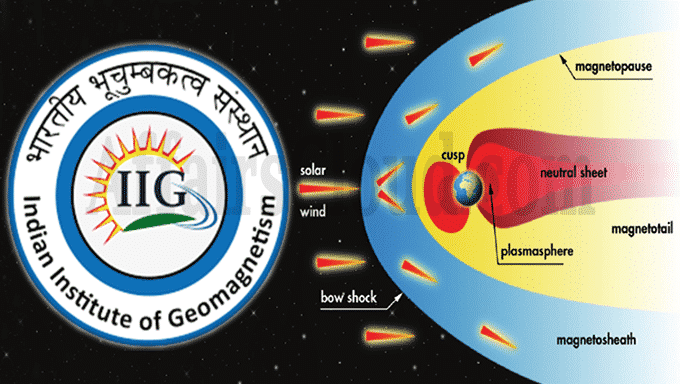Scientists, under the guidance of Dr Amar Kakad like Dr Ajay Lotekar, at the Indian Institute of Geomagnetism (IIG) an autonomous institution of the Department of Science and Technology have developed a generalized one-dimensional (1D) fluid simulation code capable of studying a wide spectrum of coherent electric field structures in near-earth plasma environment or earth’s magnetosphere. This development will help in the planning of future space missions.
- The results obtained through fluid simulation code, published in the journal Physics of Plasmas.
Need for this development
The magnetosphere of the earth has several numbers of satellites revolving. The plasma in the earth’s magnetosphere can hamper the working of the satellites. Also, when the satellites leave the observational domain of one satellite and enter into the other, a blind arena is created. The study will help to overcome this situation through computer simulations.
- It will also help in controlled fusion laboratory experiments for expanding energy needs of humans.
What is magnetosphere?
A magnetosphere is a region around a planet dominated by the planet’s magnetic field. Earth has the strongest one of all the rocky planets.
- How it is formed: Sun forces plasma towards the earth in the form of the solar wind. The solar wind carries with it a solar magnetic field, called an Interplanetary Magnetic Field (IMF). The interaction of the Interplanetary Magnetic Field (IMF) with Earth’s magnetic field results in the formation of Earth’s magnetosphere.
- Different regions of earth’s magnetosphere: 1) Bow shock, 2) Magnetosheath, 3) Magnetopause, 4) Northern tail lobe, 5) Southern tail lobe, 6) Plasmasphere, 7) Solar wind
About Indian Institute of Geomagnetism (IIG)
Establishment– 1971
Location– Mumbai, Maharashtra
Director– Professor D.S Ramesh




